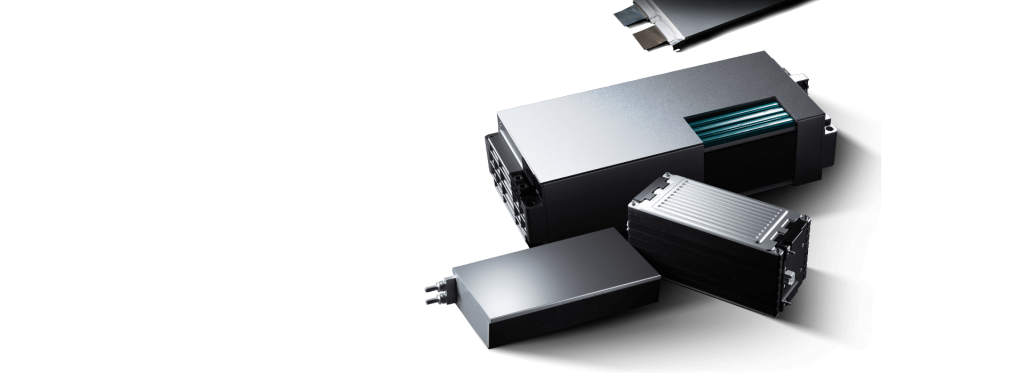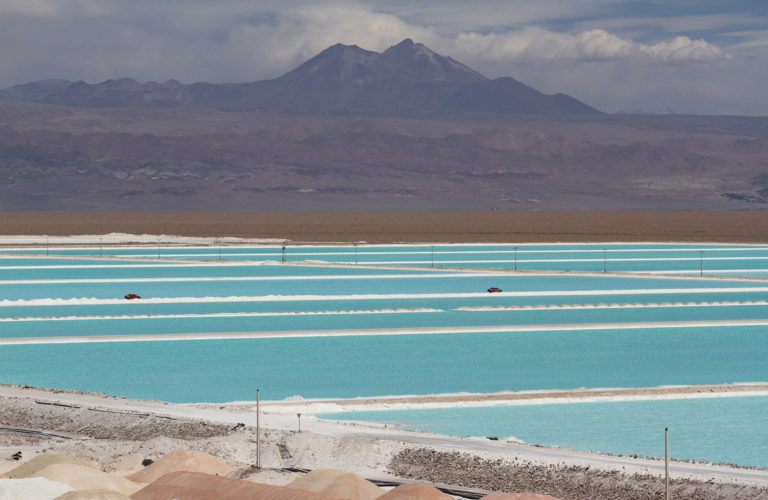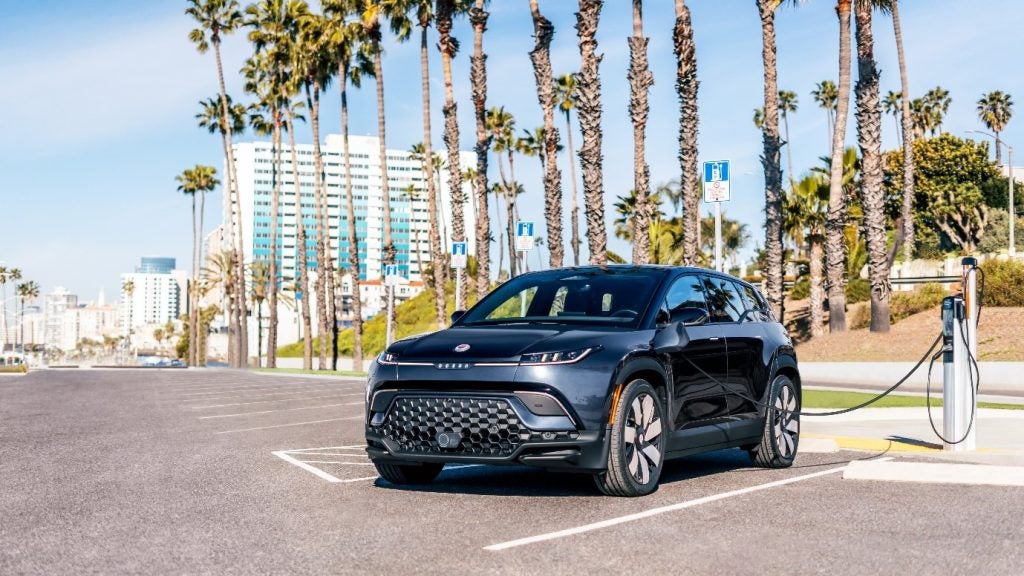Hyzon Motors has been granted a patent for a method of making electrodes for fuel cells. The method involves dry blending a powder mixture of catalyst, ionomer, and polyether, forming a slurry with a liquid carrier, coating the slurry onto a substrate, and drying it to form the electrode. The electrode includes the catalyst, ionomer, and polyether. GlobalData’s report on Hyzon Motors gives a 360-degree view of the company including its patenting strategy. Buy the report here.
According to GlobalData’s company profile on Hyzon Motors, Hydrogen fuel cells was a key innovation area identified from patents. Hyzon Motors's grant share as of September 2023 was 23%. Grant share is based on the ratio of number of grants to total number of patents.
Method of making an electrode using dry blending and coating
A recently granted patent (Publication Number: US11777104B2) describes a method for making an electrode used in fuel cells. The method involves several steps, including dry blending a powder mixture of a catalyst, an ionomer, and a polyether to form a blended mixture. This blended mixture is then turned into a slurry by adding a liquid carrier. The slurry is coated onto a substrate and dried to remove the liquid carrier, resulting in the formation of the electrode.
The catalyst used in the method can be a noble metal, a noble metal alloy, or a combination thereof. Examples of catalysts mentioned in the patent include platinum/carbon, platinum alloy/carbon, iridium ruthenium oxide, ruthenium iridium oxide, and iridium oxide/niobium oxide.
The ionomer used in the method is a sulfonated tetrafluoroethylene based fluoropolymer-copolymer. The polyether used is a polyalkylene oxide.
The patent also mentions additional steps that can be included in the method. These include comminuting the catalyst, ionomer, and polyether before dry blending, as well as comminuting the blended mixture before forming the slurry. The average particle size for the blended mixture is specified to be about 0.25 microns to about 0.5 microns.
The slurry is coated onto the substrate using a slot-die, and the substrate can be in the form of a web. The substrate itself can include an ionomer or a fluoropolymer to configure the electrode as an anode.
After the coating process, the coated substrate can be further treated by laminating with another substrate, heating, applying pressure, or a combination thereof.
The patent also describes the use of the electrode in a membrane electrode assembly, which includes a proton-exchange membrane. The membrane electrode assembly can further include another electrode made using the same method, with the proton-exchange membrane disposed between the two electrodes.
Overall, this patent provides a detailed method for making an electrode used in fuel cells, along with variations and additional steps that can be included in the process. The resulting electrode can be used in a membrane electrode assembly and ultimately in a fuel cell.
To know more about GlobalData’s detailed insights on Hyzon Motors, buy the report here.
Data Insights
From

The gold standard of business intelligence.
Blending expert knowledge with cutting-edge technology, GlobalData’s unrivalled proprietary data will enable you to decode what’s happening in your market. You can make better informed decisions and gain a future-proof advantage over your competitors.







